The Invisible Threat: Wind Damage and How Insurance Can Help
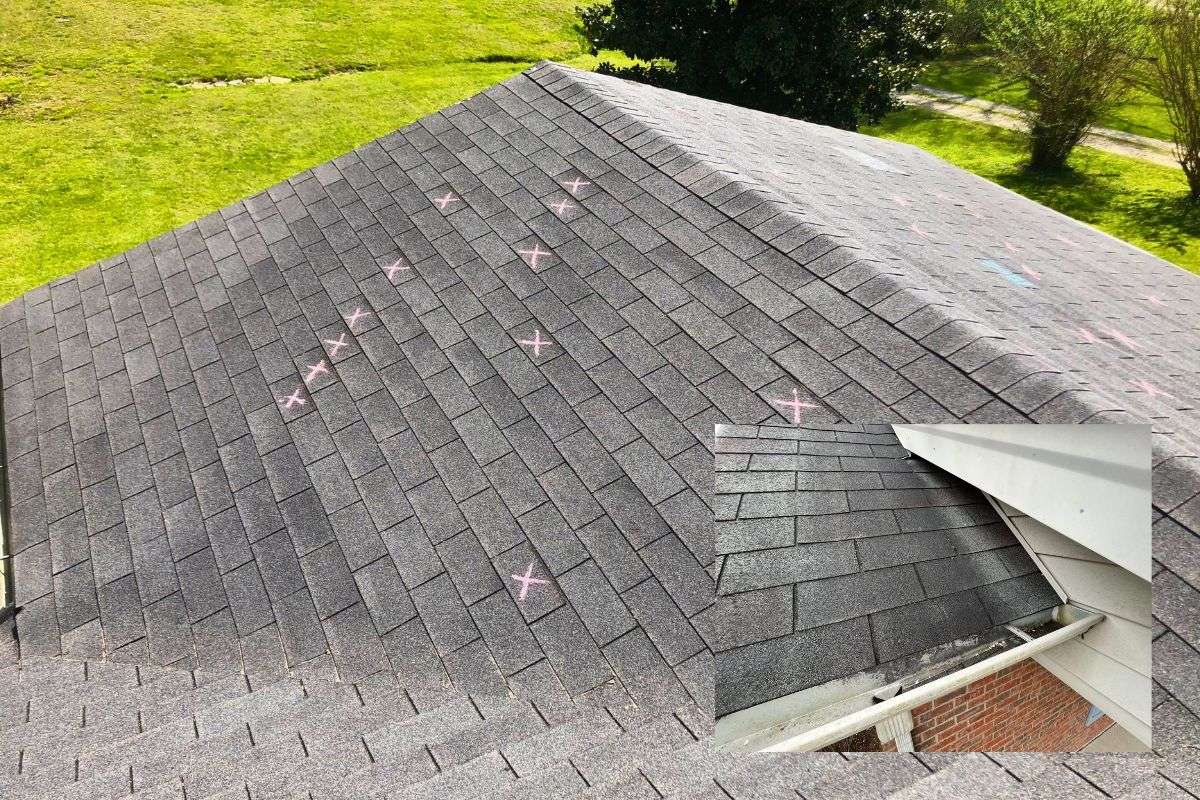
Wind is a powerful force that can seriously damage your roof. High winds can lift shingles, loosen flashing, or even cause parts of the roof to collapse. But the problems don’t end there—wind damage often leads to challenges like dealing with insurance claims. For homeowners and property managers, understanding wind damage and how insurance can help is key to staying protected.
Wind damage isn’t always obvious. It can cause hidden problems like roof leaks, mold, or a weakened roof, requiring repair or replacement if ignored. Catching and fixing damage early is critical. Filing a wind damage insurance claim can feel overwhelming with all the paperwork, inspections, and insurer negotiations.
Today’s blog covers how to spot wind damage, how insurance works, and tips for filing claims. Our goal is to help you protect your home from strong winds and stay safe, no matter the weather.
The Compounded Problem of Wind Damage
Wind damage can cause serious problems for your roof, including torn shingles, missing tiles, holes, and more. High winds can lift shingles or dislodge tiles, sometimes ripping off sections of the roof and exposing it to the elements. Assessing the full extent of the roof damage often requires a professional, as some problems aren’t easy to spot.
For example, shingles may lift during a storm, breaking adhesive bonds, then settle back into place, hiding the damage. There may also be hidden issues with the roof deck or flashing that weaken the structure.
The effects of wind damage go beyond the roof. A compromised roof can let in rain, leading to leaks, mold, and structural issues. It can also reduce energy efficiency by creating gaps that allow air to escape, increasing heating and cooling costs. If not addressed quickly, these problems can turn into safety risks and expensive repairs.
Wind damage isn’t always easy to see from the ground, complicating insurance claims. Without clear evidence, documenting the damage and getting claims approved can be challenging. That’s why hiring a professional roofing contractor is crucial—they can assess damage and assist with insurance. After storm damage, acting quickly is key to preventing further issues.
Signs of Wind Damage
Wind can cause serious damage to your roof, but spotting the signs early can save you costly repairs.
- Look for missing shingles, cracked tiles, warped fascia or soffits, and loose flashings around vents, chimneys, or skylights. Dents in metal siding or skylights, along with marks from debris, are also signs of wind damage.
- Check your gutters for asphalt granules or wear on the roof. This could mean your shingles are aging or damaged, increasing the risk of leaks.
- Inspect your yard for pieces of shingles or roofing materials blown off during a storm. If you find any, it’s a clear sign your roof needs attention.
Act quickly if you notice these issues to prevent further damage. Even if you’re unsure about filing an insurance claim, have a professional inspect your roof. They can find hidden damage, provide an assessment, and help you fix the problem before it gets worse.
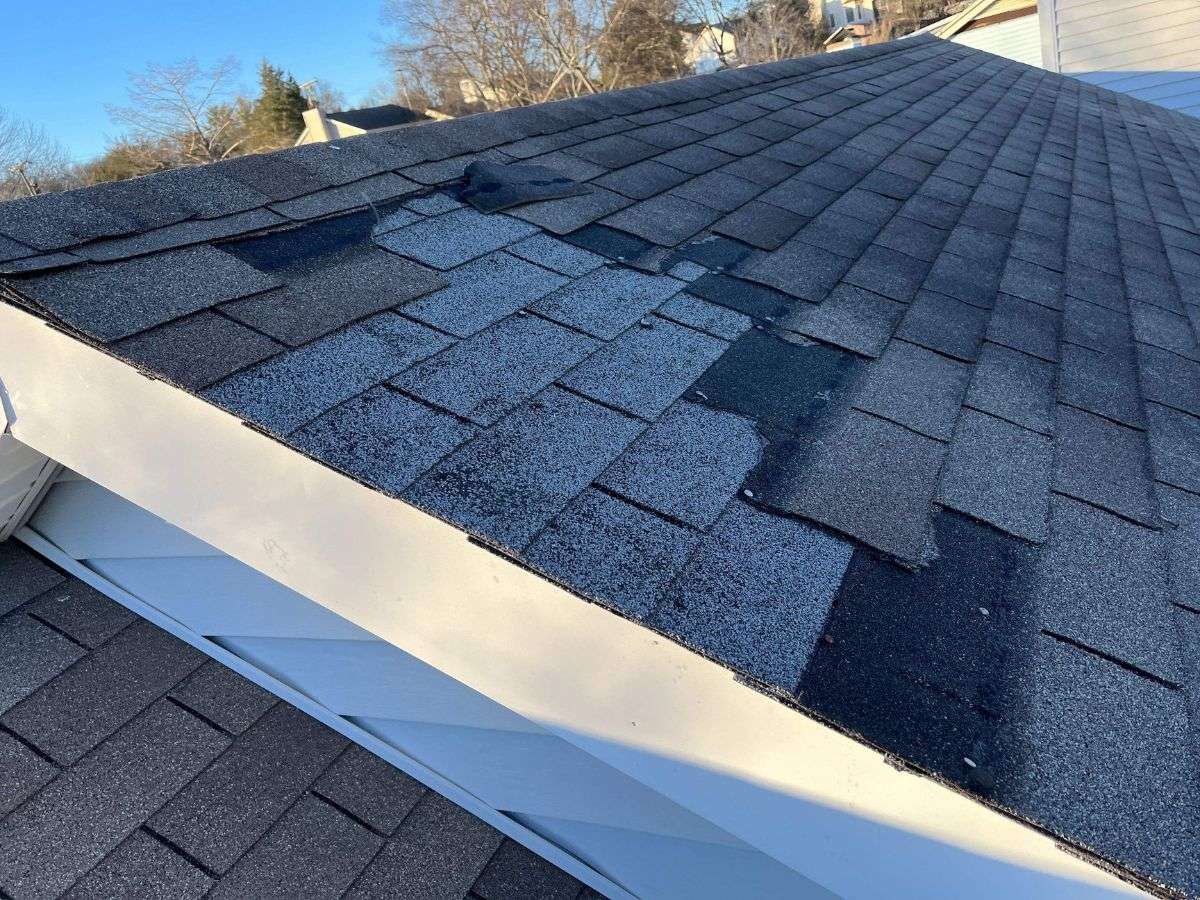
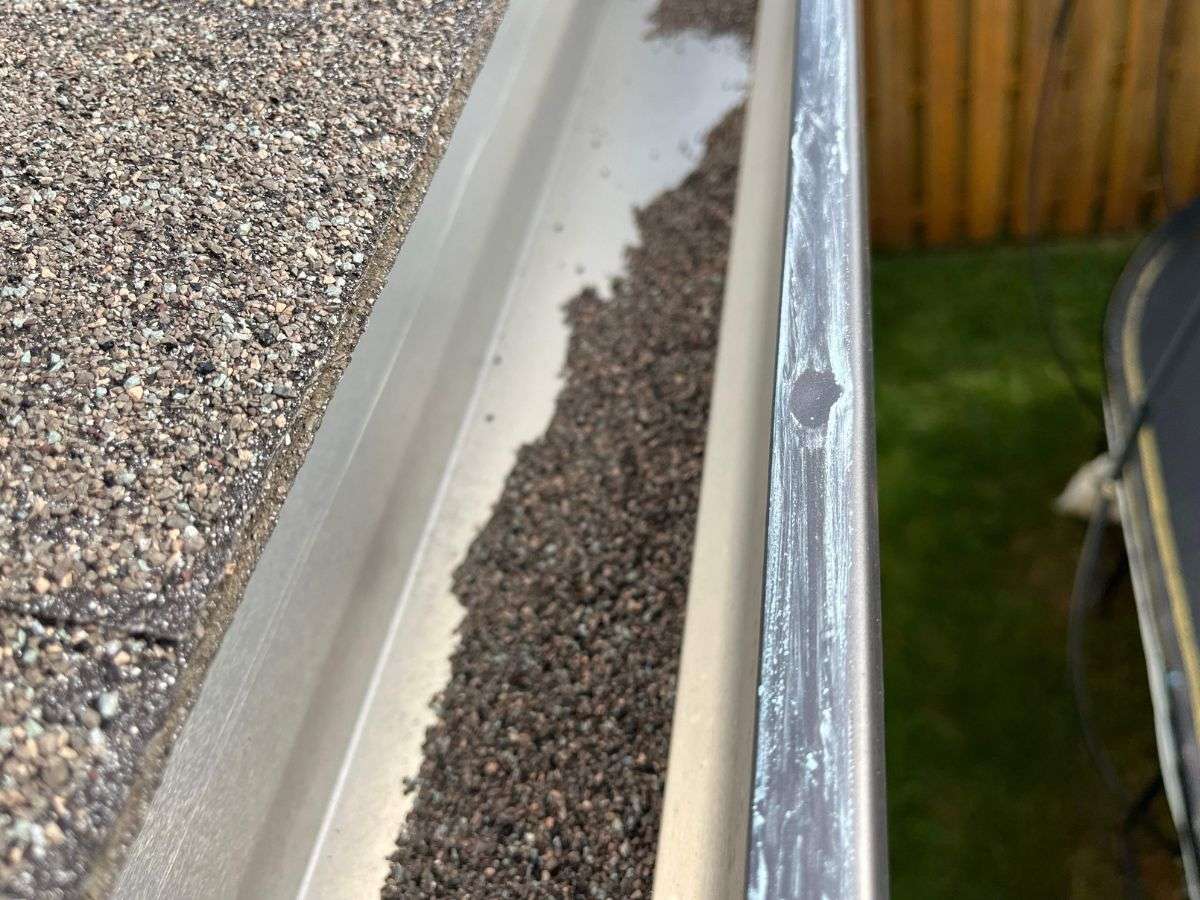
What to do Right After Wind Damage
After wind damage, it’s crucial to check your roof quickly to prevent bigger problems. Start by inspecting and documenting the damage. Take clear photos of debris, missing shingles, cracks, or other visible issues.
These photos will help you track damage and will be useful for insurance claims. Once done, call a trusted roofing contractor for a detailed evaluation and guidance on repairs to get your roof back in shape.
The good news? With the right home insurance policy, some or all of the damage could be covered. Policies often include wind-related issues like missing shingles, damaged flashing, broken vents, or leaks. However, coverage depends on your policy details.
Some policies might only cover damage from high wind speeds or exclude wear and tear. The claims process involves determining the cause, estimating repair costs, and comparing them to your policy’s deductible and limits. Outcomes may include full coverage, partial coverage, or denial if the damage doesn’t meet policy criteria.
Having an experienced roofer can make this process smoother. They can assess damage accurately, help with documentation, and even communicate with your insurer. Understanding the claims process and acting quickly can help you repair your roof efficiently and prevent costly problems.
Navigating Insurance Claims for Wind Damage
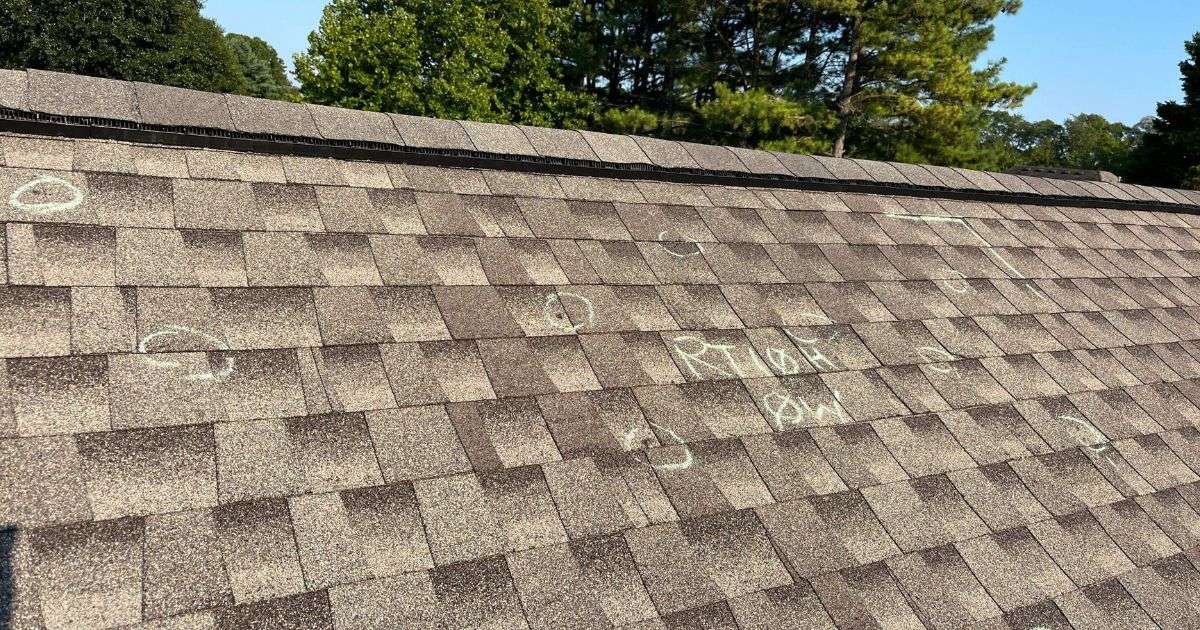
Filing an insurance claim for wind damage can feel overwhelming, but breaking it into clear steps makes it easier. Here’s a simple guide to help you through the process:
- Document the Damage Immediately: Take clear photos—close-ups and wide shots—to capture everything. List damaged items with their value and how they were affected. Cover broken windows or tarp exposed areas to prevent more damage and show your insurer you’ve taken action.
- Review Your Policy: Check your insurance policy to understand what’s covered, including exclusions or wind-specific deductibles. If anything is unclear, reach out to your insurance agent.
- Get a Professional Inspection: A licensed roofer can spot hidden issues like leaks or damage, provide proof for your claim, and advise on code upgrades.
- File Your Claim Quickly: Don’t miss your policy’s filing deadlines. Once you’ve documented everything, contact your insurance company. Many insurers offer online tools to simplify the process. Have your photos, assessments, and descriptions ready to avoid delays.
- Be Ready to Negotiate: Before speaking with an adjuster, understand the damage, repair costs, and your policy coverage. This helps you negotiate confidently. Include costs for code upgrades or preventive repairs if needed.
- Submit and Follow Up: Filing the claim is just the first step. Keep track of all communications—emails, calls, or letters—and follow up regularly to avoid delays.
- Work Closely with Contractors: Stay in touch with your contractor during the claim process. Keep them updated on approvals, and consider their advice if they’re experienced with insurance claims.
By staying organized and proactive, you can handle your wind damage claim more smoothly. Taking early action and maintaining clear communication with your insurer and contractor will restore your property faster.
Preventive Measures
When wind damage strikes, roof repairs and insurance claims quickly become urgent. But taking steps to prevent wind damage beforehand is just as important to protect your home and save on long-term costs. A little effort now can go a long way in keeping your property safe. Here are some essential tips:
- Keep Your Gutters Clean: Clogged gutters can strain your roof system and are more likely to fall during strong winds. Clean gutters protect your fascia, siding, and ensure proper drainage during storms. Regular cleaning—or adding gutter guards—can greatly reduce this risk.
- Schedule Regular Roof Inspections: Inspections can catch issues like curling shingles, granule loss, or missing pieces before they become major problems. Even minor issues can worsen over time, especially in high winds. Addressing these early helps your roof stay resilient.
- Check Your Insurance Policy: Ensure your homeowner’s insurance covers wind damage before disaster strikes. Many insurers reward proactive steps like stronger roofing materials or regular maintenance with discounts. Talk to your provider to explore your options.
- Don’t Delay Repairs: If your roof has wind damage, act quickly. Repairs prevent bigger issues like leaks or structural damage, which can get expensive fast. A certified contractor can assess the damage, recommend fixes, and prepare your roof for future storms.
By following these steps, you can reduce wind damage risks and protect your home for the long haul. Taking care of your roof today means fewer headaches—and expenses—tomorrow.
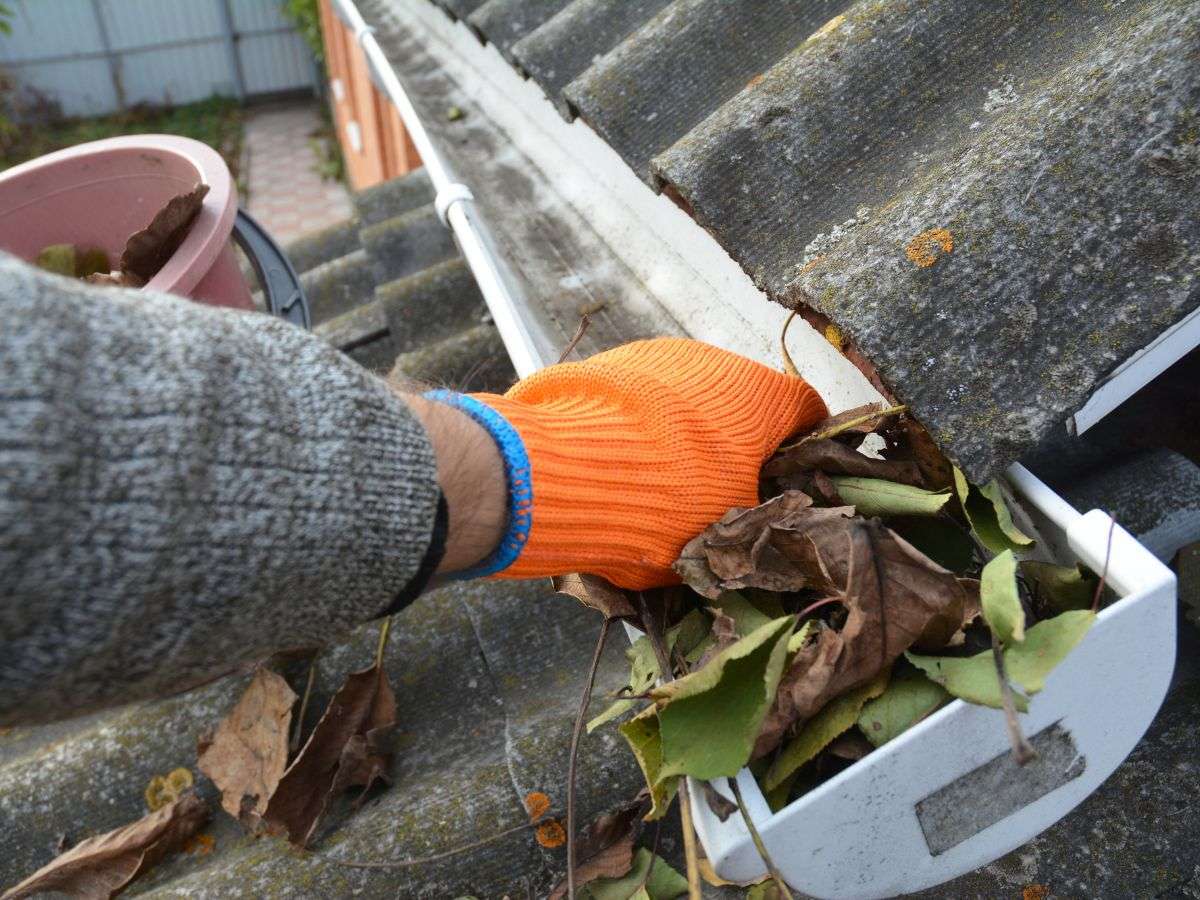
Professional Roofing Inspections are the Key to Preventing Wind Damage
Wind damage can wreak havoc on your roof, leading to costly repairs. High winds can tear off asphalt shingles, damage components, or cause structural issues you might not notice until it’s too late. The good news? Regular inspections, proper maintenance, and quick repairs can keep your roof in great shape.
A reliable roofing company can spot weak spots, recommend upgrades, and prepare your roof for extreme weather. From reinforcing shingles to fixing vulnerabilities, these steps make a big difference when strong winds hit.
If you’re in Tennessee or Georgia, Roof MD is here to help. We offer free roof inspections to assess the condition of your roof and boost its wind resistance. We’ll also work with your insurance company to make the claims process easy and stress-free. Don’t wait—schedule your inspection today and protect your home with Roof MD.
